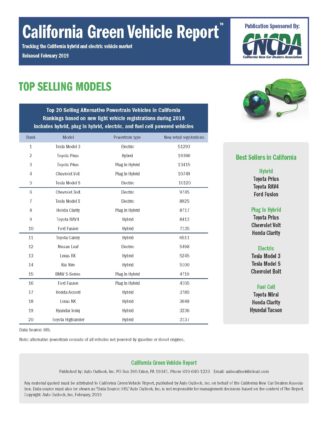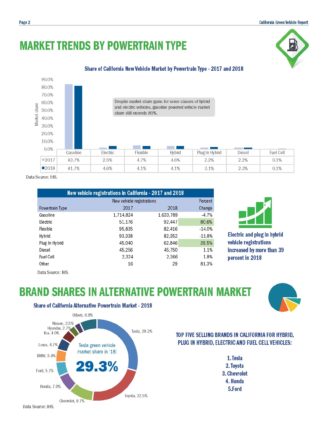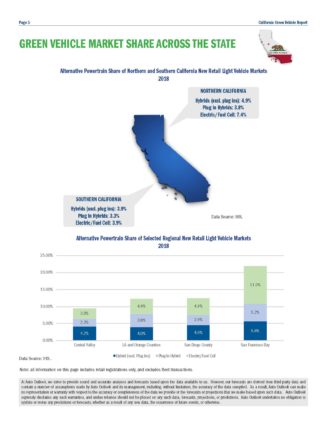The first videos of Tesla’s next-generation Supercharger V3 have been shared online, providing an initial glimpse at how the next-generation charging solution works, and the benefits it carries.
Tesla’s Supercharger V3 was unveiled on a rainy night at a private event in Fremont, California on Wednesday. The next-generation charging station looks identical to the company’s existing Supercharger V2 stations, save for thinner, liquid-cooled cables on the newer units. Supercharger V3 supports peak rates of up to 250 kW per vehicle, allowing a car like the Long Range Model 3 to replenish 75 miles of its range in just 5 minutes. In comparison, Tesla’s V2 Superchargers have peak rates of ~120 kW per vehicle. Tesla estimates that V3’s upgrades will reduce typical charging times to around 15 minutes.
While the Supercharger V3 stations are currently optimized for the Model 3, owners of the electric sedan will have to make sure that their vehicle is updated to version 2019.7.11 to get access to the next-generation charger. Tesla specifically mentions this in 2019.7.11’s release notes.
“Your Model 3 is now able to charge at V3 Superchargers at up to 250 kW peak rates. Supercharger stations with V3 hardware are designed to enable any owner to charge at the full power their battery can take – no more splitting power with another vehicle connected to your cabinet. This combination of higher peak power and dedicated vehicle power allocation across the site enables you to charge in half the time,” Tesla wrote.
For now, only the Model 3, which is equipped with 2170 cells, appears to be capable of accessing Supercharger V3. It remains to be seen when the Model S and Model X, which are equipped with 18650 cells, will be able to tap into the next-generation charging network.
Tesla owner-enthusiast Tesla Raj mentions in his Supercharger V3 YouTube video that the company will not be retrofitting its existing Supercharger V2 stations to V3 hardware. Instead, the new chargers will simply begin their rollout moving forward. This does not mean to say that there will be no improvements to the company’s existing Supercharger network, as Tesla indicated in a recent blog post on its official website that it would be unlocking 145kW charge rates for over 12,000 V2 Superchargers across the globe in the coming weeks.
Watch Tesla’s 250 kW Supercharger V3 in action in the video below.

<!–
–>





